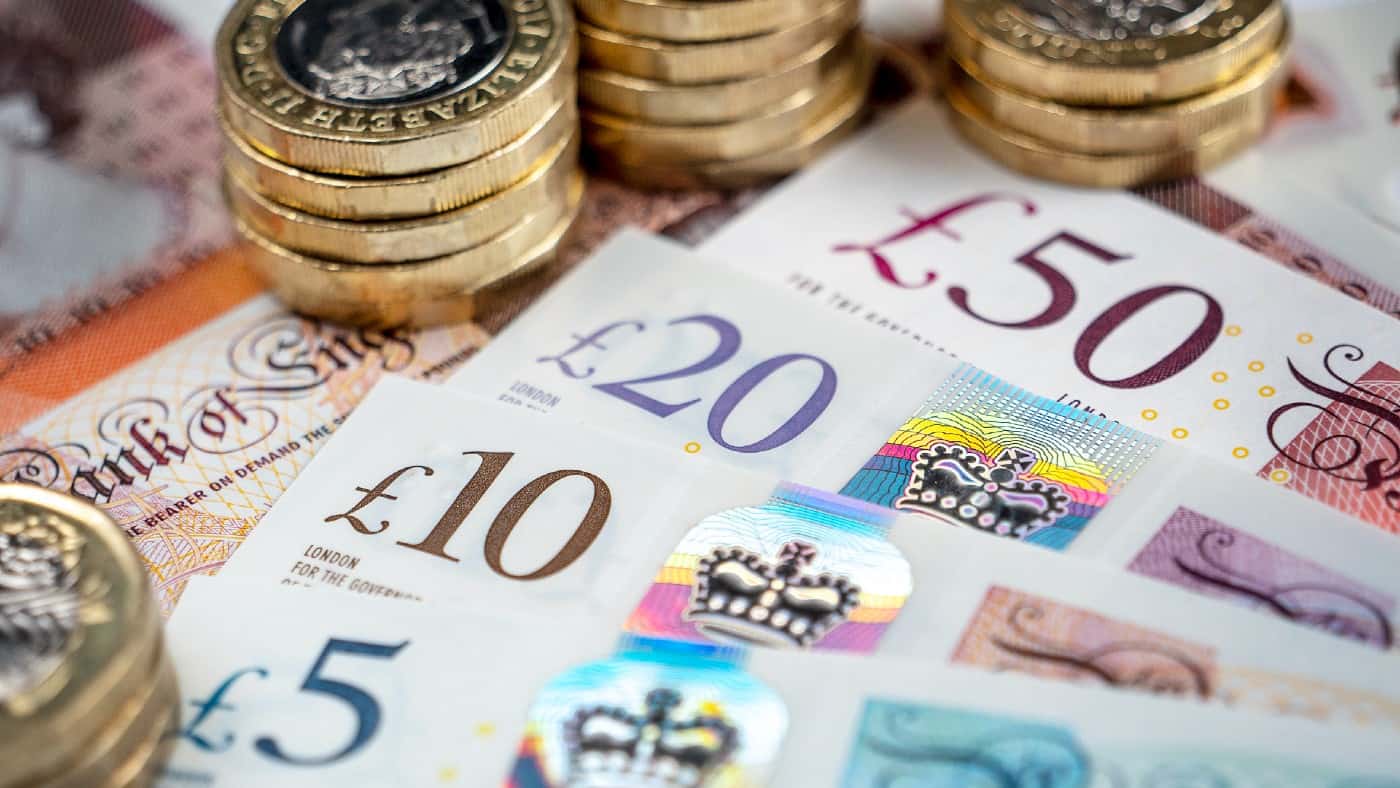Different people use their Stocks and Shares ISA for a variety of objectives. Some are looking for long-term growth from young companies. Others are more focused on the dividend potential of shares they buy in their ISA.
With a focus on income, here is how I would invest via my ISA to try and boost my dividend income.
Focus on dividends
First I would want to be clear with myself that I really was happy to focus on dividends and not growth.
The more of its profits a company distributes to shareholders in the form of dividends, the less it has to invest in itself. For example, housebuilder Persimmon paid out almost all of last year’s earnings for dividends. It yields 10.4%. But its revenue of £3.6bn and post-tax profit of £0.8bn was the same as four years before.
By contrast, some companies like Amazon do not pay dividends, but maintain impressive growth rates. I think both growth and income shares can have a role in an ISA. But I need to accept that if I am focused on big dividends, I cannot reasonably expect dynamic growth from the businesses in which I invest.
Big dividends now or later
My timeframe also matters. Depending on how long I am willing to wait, my definition of ‘big’ may change. Some companies have grown their dividends annually for decades, like Diageo and Spirax-Sarco. That does not mean the same thing will happen in future. But if it does, I would hopefully see my dividends from those shares grow bigger if I was willing to wait long enough.
Other shares, like Imperial Brands and M&G, offer little or no dividend growth but already have a large dividend yield. So if my focus was on big dividends now, I would be more tempted to hold them in my portfolio (and indeed, I own them both).
That may sound like a false dilemma. After all, who would not want big dividends today versus having to wait many years as they grow? The reason I think the question matters is to do with the underlying health of a business and what that might mean for future payouts. If a company has a high yield but low dividend growth, it may be that the business is struggling to grow. For example, Imperial’s core market of cigarettes is shrinking in many countries. That could lead to future dividend cuts. By contrast, a company that is consistently growing its dividend at a good clip, like Spirax-Sarco, is signalling confidence in its business prospects.
I always consider risk in my ISA
I also always think about risk. One reason some companies pay big dividends is because they have high risk. When City analysts and large investors decide they do not like a company’s risk profile, they may sell its shares. That can push the share price down. The effect of a share price moving lower is that a company’s dividend yield gets bigger even though the dividend itself is the same.
So although I do not automatically rule a share out of (or into) my portfolio just because it has an unusually high yield, I do treat it as a red flag that merits further investigation. If a very high yield looks too good to be true, sometimes it is.
